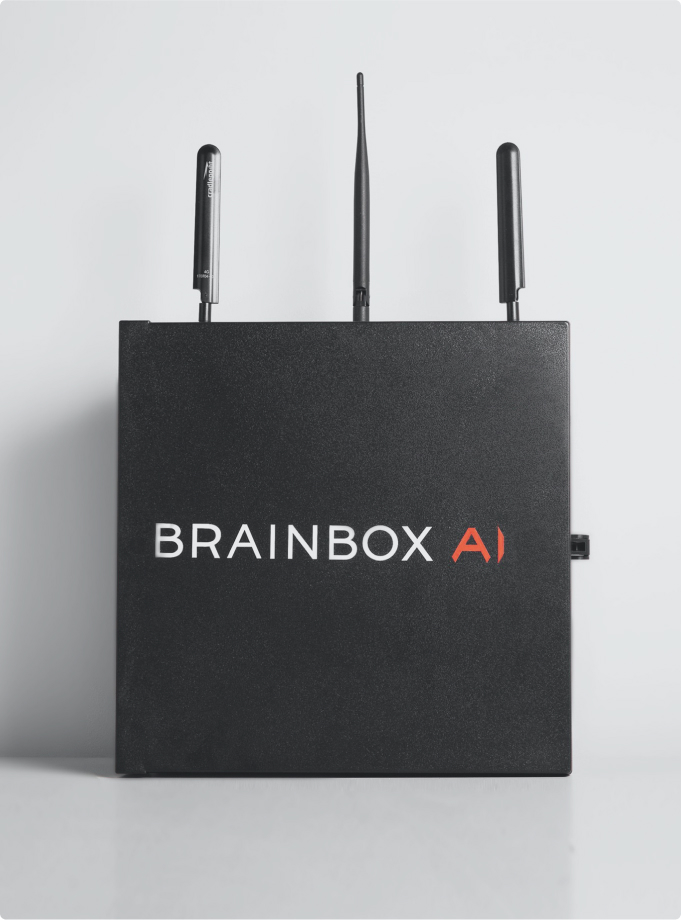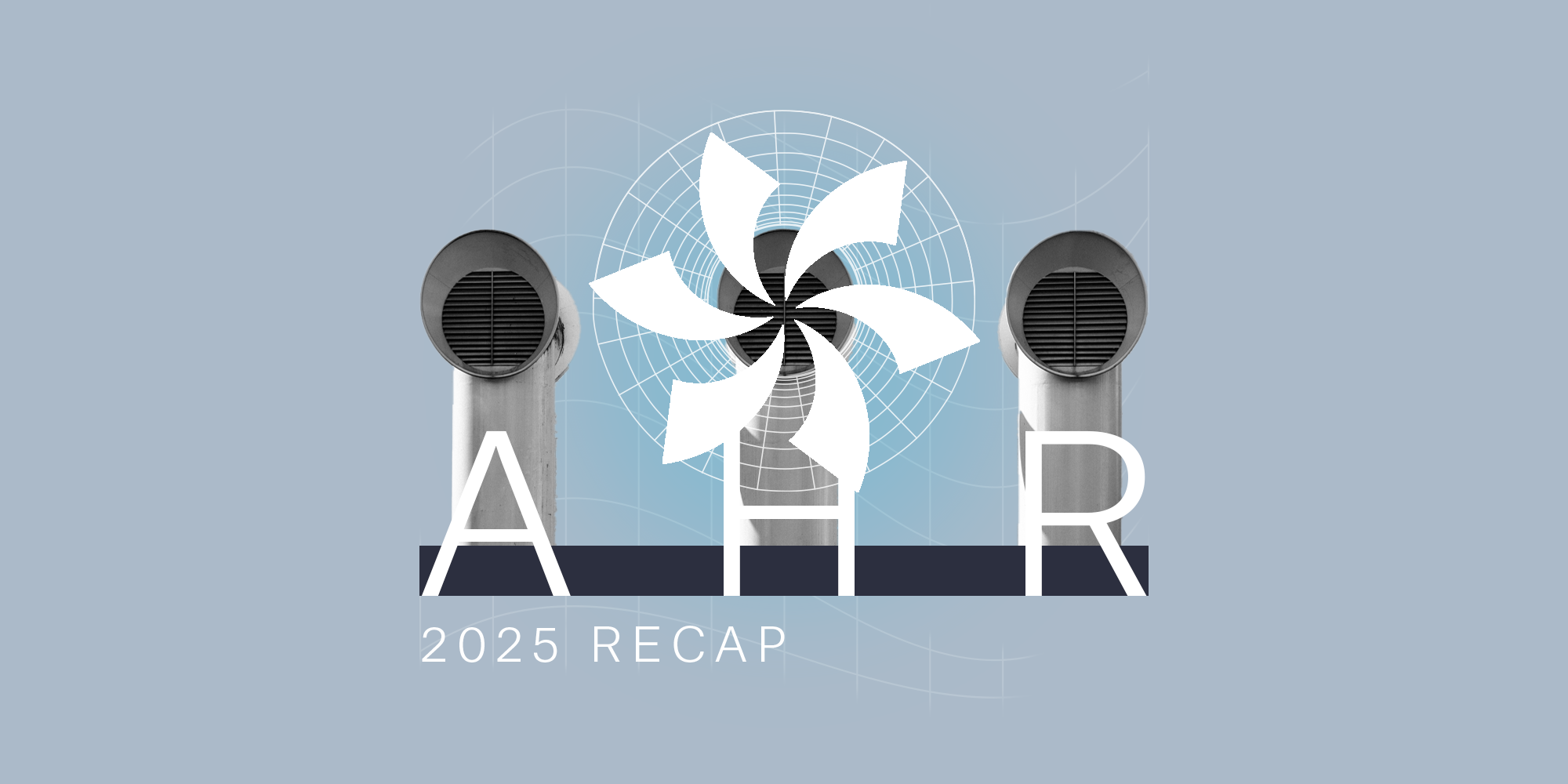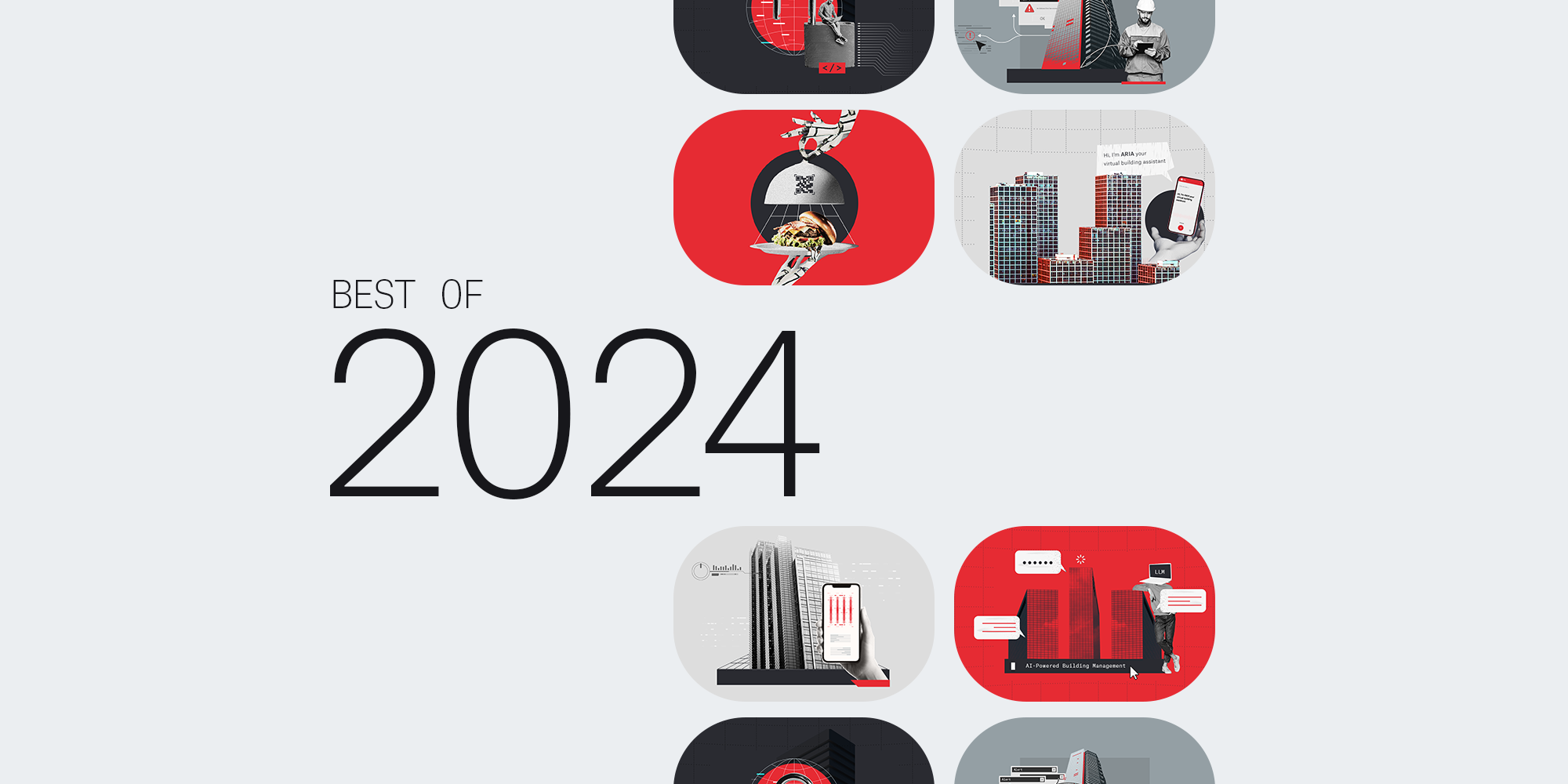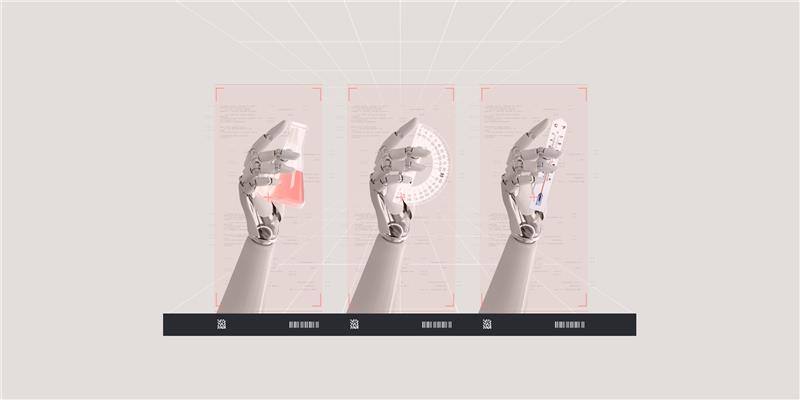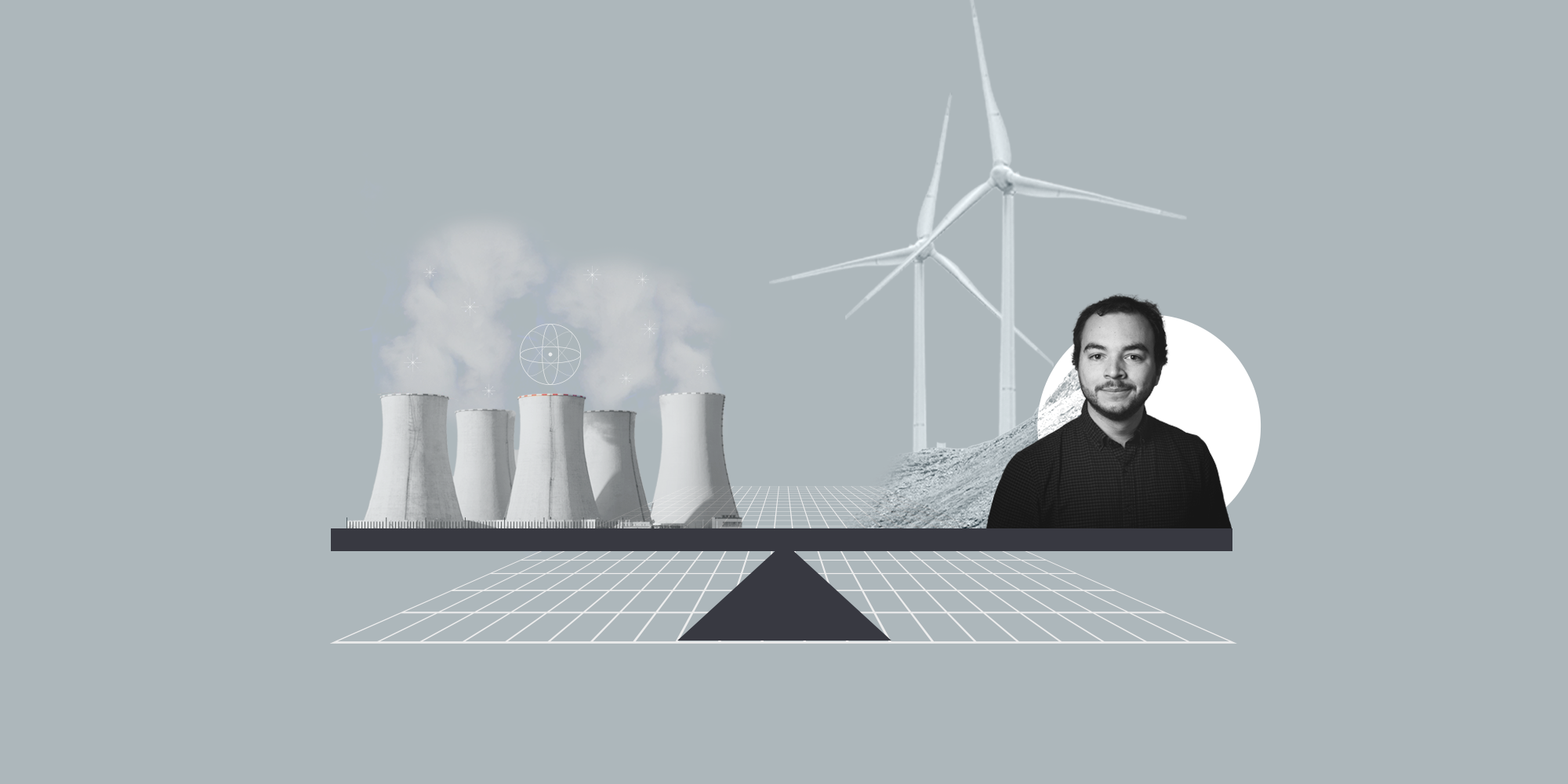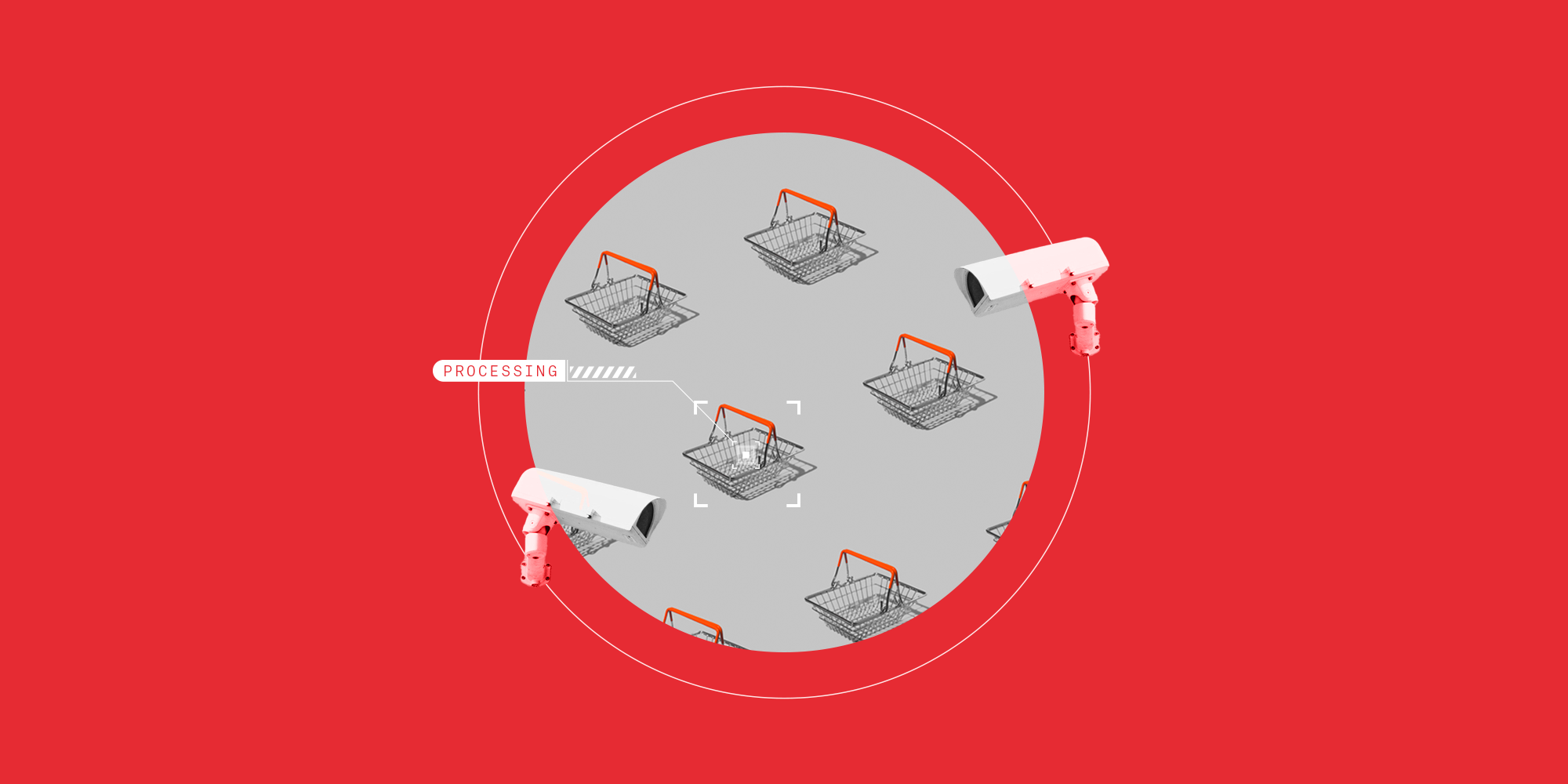How to protect your commercial building from extreme weather

Key takeaways
As climate change intensifies, safeguarding commercial buildings from extreme weather is paramount. Explore five essential strategies, from weatherization to smart technology adoption, ensuring resilience and sustainability in the face of evolving environmental challenges.
-
Weatherization is Key: Upgrade insulation and seals to protect the building envelope from extreme weather shifts.
-
Backup Power Matters: Invest in reliable backup power systems, considering alternative energy options.
-
Smart HVAC for Efficiency: Optimize energy use with AI-powered HVAC systems for comfort, cost savings, and increased equipment life.
-
Water Efficiency Strategy: Develop water-saving measures to address local challenges like flooding or drought.
-
Active Role in Building Codes: Participate in local building code development to enhance property resilience during natural disasters.
As the seasons change, so do our heating and cooling needs. With extreme weather patterns predicted to increase in the coming years due to climate change, it is becoming harder and harder to keep up with the shifts in temperature and weather conditions.
Fortunately, there are ways to climate-proof your building and dampen the impact of extreme weather shifts. In this article, we’ll look at some easy ways that building managers can prepare for the future.
Perform basic weatherization
Weatherization is a great way to ensure that your building is well-prepared for a drastic shift in seasons—it’s right there in its name. Weatherization aims to improve the integrity of your building envelope to make it less susceptible to the elements. This includes commissions such as upgrading insulation and window seals.
Improve your backup power supply
With the change in weather patterns and air pressure systems comes a heightened risk for severe storms. Depending on where your building is located, your risk may range from mild to severe.
Unfortunately, as our communal power grid ages, it becomes more susceptible to outages. A prime example of this was the 2021 winter storm in Texas, which famously caused an energy loss for nearly ten million people for up to two weeks, with devastating consequences.
Many property owners, asset managers, and tenants will find it worth their while to invest in backup power systems. For commercial buildings, a power outage is much more than a mere annoyance and poses a risk for productivity and building occupant well-being.
While it’s certainly possible to invest in traditional backup power systems such as a standby generator or an Uninterruptible Power Supply (UPS), forward-thinking businesses will look into alternative energy options. Backup generators can be powered by solar power, wind power, and even battery power. While many generators are designed for at-home use, there are also commercial versions available.
Install a smart HVAC system
Seasonal temperature fluctuations are becoming more extreme and it’s causing heating, ventilation, and air conditioning (HVAC) systems to work harder than ever. And with this hard work comes more energy consumption. Heightened energy use is not only costly, but also accelerates equipment deterioration and leads to more maintenance and upgrades.
A smart HVAC system uses an AI-engine to learn and apply algorithms to optimize energy used by equipment. This means that, instead of tedious maintenance checks and the manual adjustment of thermostats, the temperature of a building will be intuitively shifted in relation to factors such as exterior weather, building occupancy, time of day, and more.
The end result is not just a building that is incredibly comfortable, but also a building with improved efficiency. AI-powered HVAC systems can reduce HVAC energy costs by up to 25% and increase equipment life by up to 50%. Not only is the reduction in wasted energy good for the environment, but it also helps cut down on operating expenses and makes a business more resilient in the wake of new climate challenges.
Develop a strategy for water efficiency
Depending on where you live, your area may be more prone to either flooding or drought. However, in some cases, you may be faced with both.
Drought, in particular, is predicted to become a concern for much of the world in the coming decades. In fact, the recent drought across southwestern North America is said to have been the worst in hundreds of years, and it may be a sign of things to come.
If your building is in the middle of an urban center—and not the middle of a farm—you may be wondering what this has to do with you. The truth is that you, as a building manager, can do your part both to conserve water and to prepare yourself for the effects of drought. The Environmental Protection Agency has a great list, which includes things like installing water-saving appliances with auto-sensors.
Get involved in local building code development
Building codes are a valuable form of guidelines that set out building and maintenance requirements regarding personal safety and the environment. According to FEMA, building codes play an imperative role in preventing property damage in the case of a natural disaster.
In some areas, such as the United States, building codes are developed through a democratic process that welcomes the input of local stakeholders, including building managers. Building managers know firsthand the impact that code can have on building operations, so your input is invaluable.
Always have a plan
As a business, you most likely have plans in place to account for anything and everything that could possibly go wrong. But if you don’t have an extreme weather plan in place, now is surely the time to draft one.
Your extreme weather plan can include things like telecommuting guidelines for inclement weather, information on contractor relationships for building repairs, and a safety plan for employees who find themselves at work in the event of an extreme weather event. You may also want to designate a lead that can take ownership of your building’s emergency preparedness plan and informs the rest of the team.
BrainBox AI’s AI-powered HVAC optimisation solution is a great first step for climate-proofing your building or retail spaces. We are on a mission to reduce the environmental impact of commercial buildings which are responsible for 40% of carbon dioxide emissions and will help reduce the frequency of extreme weather events. Learn more about how our technology can help your company reach its sustainability goals.

